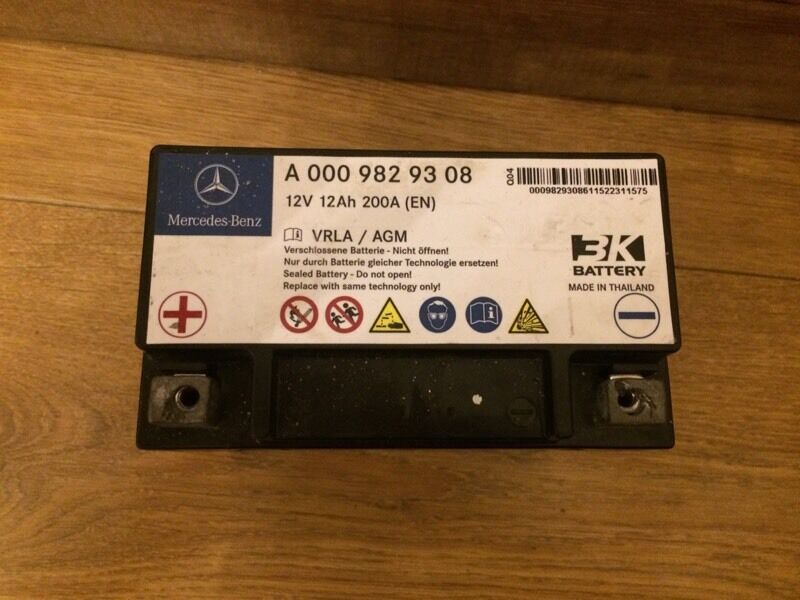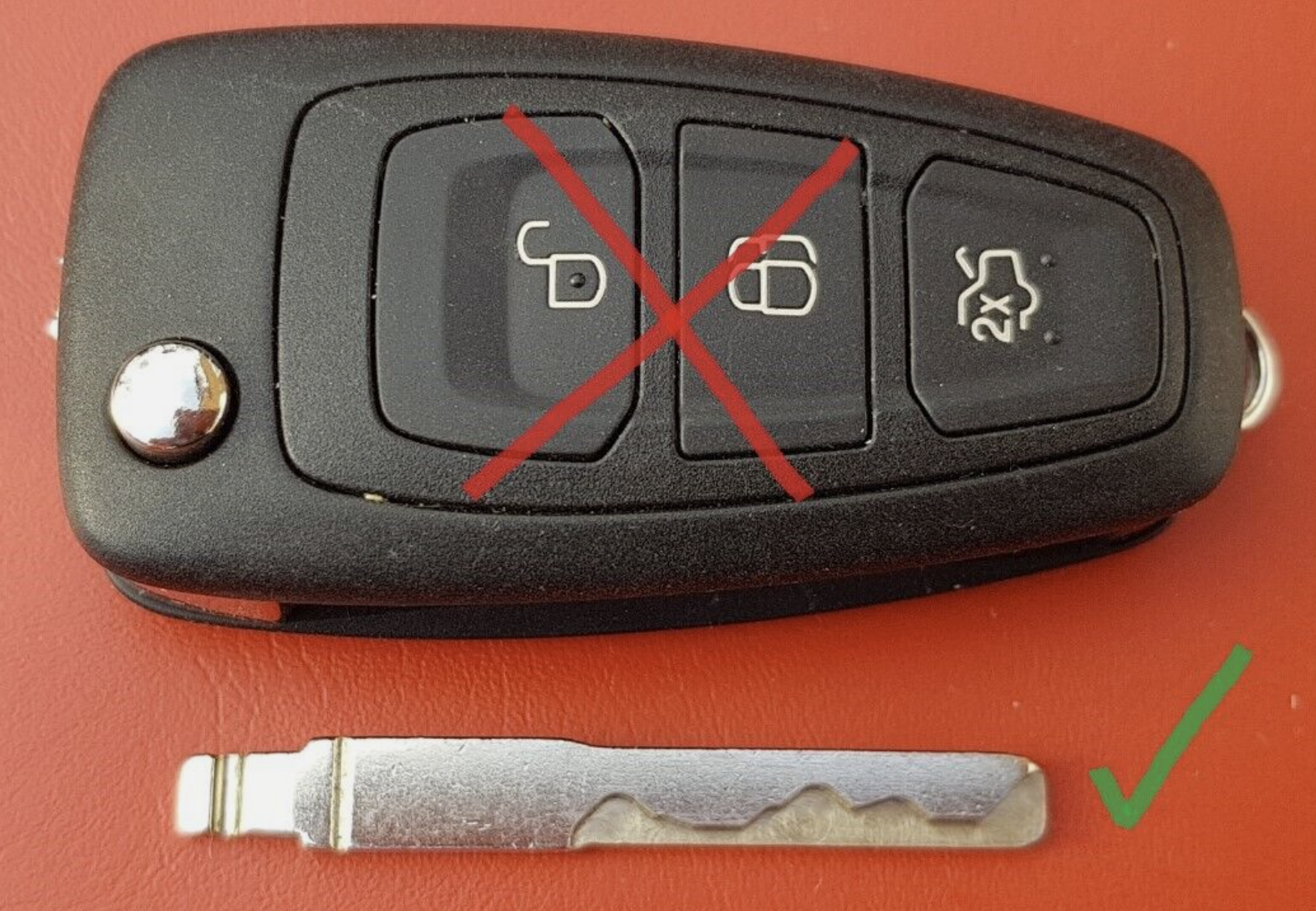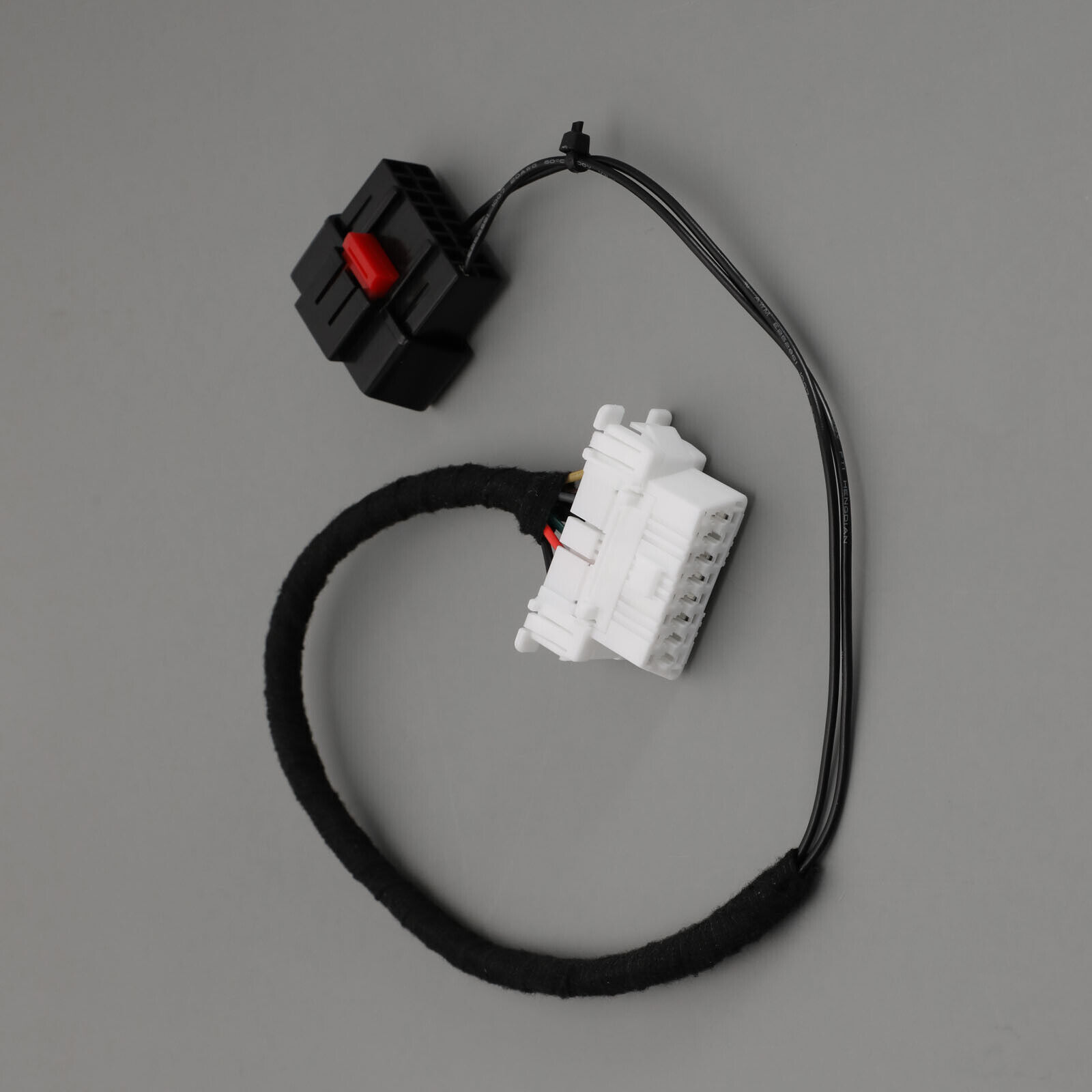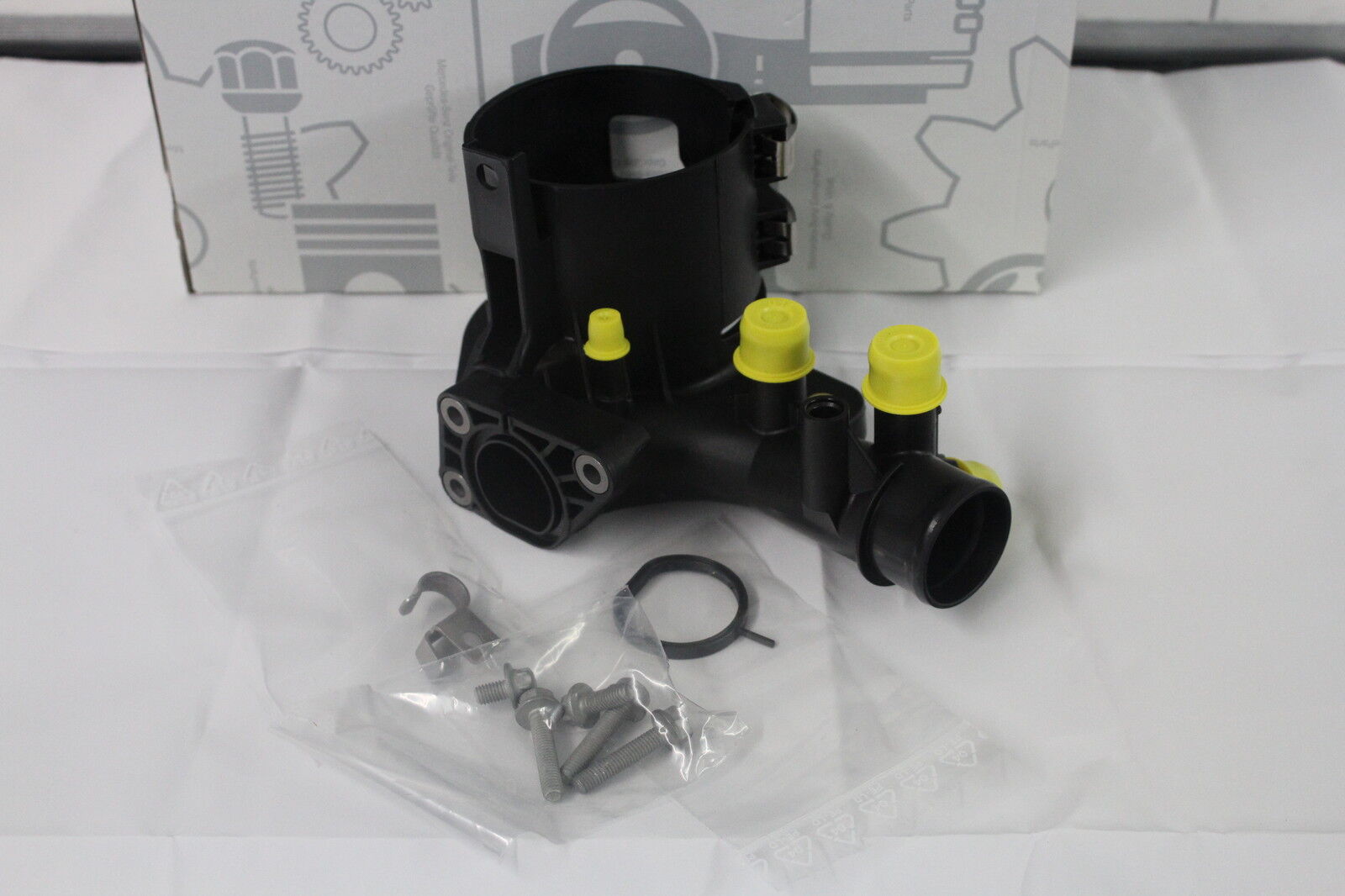Introduction
I’ve heard & read a lot about how people think the ECO Stop / Start & additional battery works and it’s time to set the record straight.
I think that the most common misconception around this is, that it is this battery restarts the engine once its stopped. It doesn’t. Glad I’ve cleared that up 🤣
What actually happens, in short, is whilst the engine is restarting, which uses power from the main battery (AKA ‘G1’), the additional battery (AKA ‘G1/13’) provides power for the active consumers – ie radio, heaters.
Most situations with the ECO Stop Start not working are down to the additional battery being knackered. However, there is a lot to make the system work and if all the requirements are not met then it will refuse to function.
The General Function of ECO Stop / Start
When the vehicle is stationary, the function switches of the engine and restarts it again as soon as the driver wants to drive off. The fuel consumption and emissions are reduced.
You can still cut and start up again conventionally with the key or start button if you really wanted to.
The engine control unit makes sure the engine side of things are ready, whilst the front SAM module evaluates the conditions it monitors for this, plus the relevant conditions from other control units via the CAN network. If everything is all OK, the ECO light comes up green in the dashboard and it will function.
The system can be turned off via the button on the centre control panel.
General points of function requirements;
- Outside temperature in the range: -10°C > T < 40°C
- System diagnosis complete and fault-free
- Speed of 8 km/h exceeded once during forward travel
- Speed of 15 km/h exceeded once during forward travel after a manoeuvring process
- No previous emergency braking
What are the specific requirements for an ‘automatic engine stop’?
- Vehicle speed = 0 km/h (with auto transmission)
- Vehicle speed < 8 km/h (with a manual transmission)
- Coolant temperature >20°C and <115°C
- Engine rpm in specified value range
- Transmission oil temperature > 10°C and < 120°C
- Transmission in neutral (for a manual transmission)
- Gear range “D” or “N (with auto transmission)
- Clutch not actuated (with a manual transmission )
- Accelerator not operated
- Service brake actuated (for a manual transmission)
- Service brake actuated up to standstill of the vehicle (with auto transmission)
- Adequate vacuum (-1050 mbar up to -90 mbar) in brake booster
- Engine hood closed
- No crash signal
- Steering wheel angular velocity in the specified value range
- Condition of the on-board electrical system OK
- Driver door closed
- Driver seat belt applied
- Interior temperature regulated
The following control units read in the following sensors and signals for
fulfillment of the function requirements: (click each image to enlarge!)
If there is a fault with any of this, it could stop the system working.











Common faults
Either of the batteries. Most commonly, the additional battery will not hold charge. Sometimes the internal resistance reading that the front SAM unit is getting from this battery is outside of its specifications and shows a fault.
The same can happen for the main battery. It may be holding charge, start every morning but if the internal resistance is outside of the specified range, the front SAM unit will flag a fault.
Outside temperature reading wrong. Not only will this give a whole host of other problems, it will certainly stop the system working. Commonly not plugged back in after having the front bumper removed, although have seen quite a few faulty ones, they tend to read -35 degrees when not plugged in or fault so easy to spot!
Driver error – not wearing a seatbelt.
Getting an replacement additional battery
If you need to replace the battery/s then my personal recommendation is to get genuine ones. They tend to pass the test of time. Do not fit a standard lead acid batteries. You must fit AGM ones. They may work initially if they have the power in them but they are designed discharge and charge at different rates, therefore will fail prematurely
If you get a genuine one you can be certain that what you are fitting is the correct specification. Not to say that all aftermarket ones are rubbish, (but some are). Exide and Varta battery’s are good 👍
Additional battery’s:
Genuine
A0009829608 / A0009829308
Both numbers are interchangeable parts
MB Retail (Oct 23) £120
If going aftermarket, the specs as follows;
Voltage: 12 V, Battery Capacity: 13 Ah, Cold-test Current, EN: 200 A, Terminal Placement: 1, Hold-down: B00, Length: 150 mm, Width: 87 mm, Height: 146 mm. Always check any listing below, some aftermarket specs can differ slightly.
Final words
The additional battery is located in the boot, under the carpet. Its straightforward to change and doesn’t warrant a guide. If you get stuck i will happily help, feel free to contact me!




